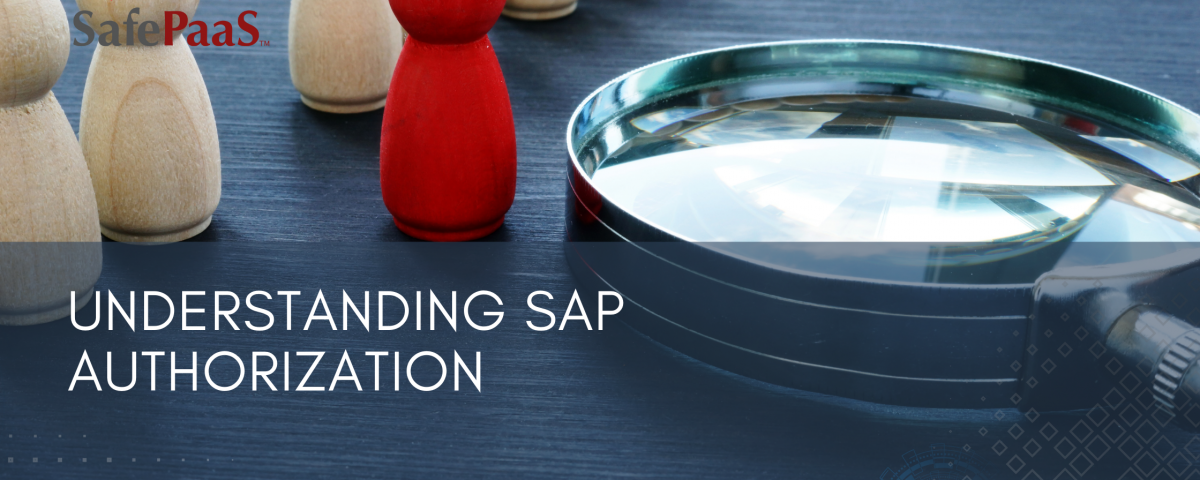Understanding SAP Authorization


Understanding SAP Authorization
SAP systems are known for their robust security features, and at the core of this security is the concept of authorization. Authorization in SAP refers to the process of granting users the access they need to perform their tasks while ensuring that they are not able to access sensitive or restricted data. In this article, we will delve into the technical aspects of SAP authorization, exploring its components, architecture, and best practices.
Components of SAP Authorization
Authorization Objects
Authorization objects are the building blocks of SAP authorization. Each object represents a specific area of functionality or a business process. For example, there are authorization objects for accessing specific transactions, for viewing or modifying certain data types, and for executing particular functions within the system.
Authorization Fields
Authorization fields are the attributes of an authorization object that define the specific access rights granted to a user. For example, a field might specify whether a user is allowed to create, read, update, or delete data related to a particular object.
Authorization Profiles
Authorization profiles are collections of authorization objects and fields that are assigned to users or roles. They determine the access rights that a user or role has within the system. Profiles are assigned based on the user's role in the organization and the tasks they need to perform.
Roles
Roles are collections of authorization profiles that are assigned to users. They represent the user's job function or role within the organization. By assigning roles to users, organizations can simplify the management of access rights and ensure that users have the necessary permissions to perform their tasks.
User Master Records
User master records contain information about each user, including their user ID, password, and the roles and profiles assigned to them. User master records are used to authenticate users and determine their access rights within the system.
The Hierarchy
The hierarchy of roles to authorization objects in SAP starts with authorization objects, which are grouped into authorization profiles. These profiles are then assigned to roles, which are in turn assigned to users. This hierarchy helps organizations manage access rights effectively and ensure that users have the appropriate permissions to perform their job functions.
User → Role → Profiles → Auth Object → Auth Fields/ Field Values
Organizational Levels
In addition to roles, SAP also considers organizational levels in determining access rights. Organizational levels represent the hierarchical structure of an organization, such as company codes, sales organizations, and plants. Access rights can be restricted based on these organizational levels, ensuring that users only have access to data relevant to their organizational unit.
Architecture of SAP Authorization
SAP authorization is based on a role-based access control (RBAC) model. In this model, users are assigned roles that correspond to their job functions, and each role is assigned the necessary authorization profiles to perform those functions. This approach helps simplify the management of access rights by grouping users based on their roles rather than managing individual authorizations.
Recommended Resources

Top 5 Access Security Challenges in SAP
Discover five high-level challenges that SAP users commonly face when it comes to securing access including the complexity of authorization models, user lifecycle management, emergency access, integration with IDM and audit and compliance.

Safeguard Operations with Privileged Access Management
In today's dynamic and interconnected business landscape, organizations face the constant challenge of balancing operational efficiency with security concerns. The rise of cyber threats and the need to comply with regulatory requirements make Privileged Access Management an integral component of an organization's cybersecurity strategy.

Safeguarding Your SAP Environment
In the intricate tapestry of enterprise operations, SAP solutions often form the backbone, weaving together processes, data, and insights. Yet, this complexity comes with a price: the constant threat of security breaches and compliance issues.

